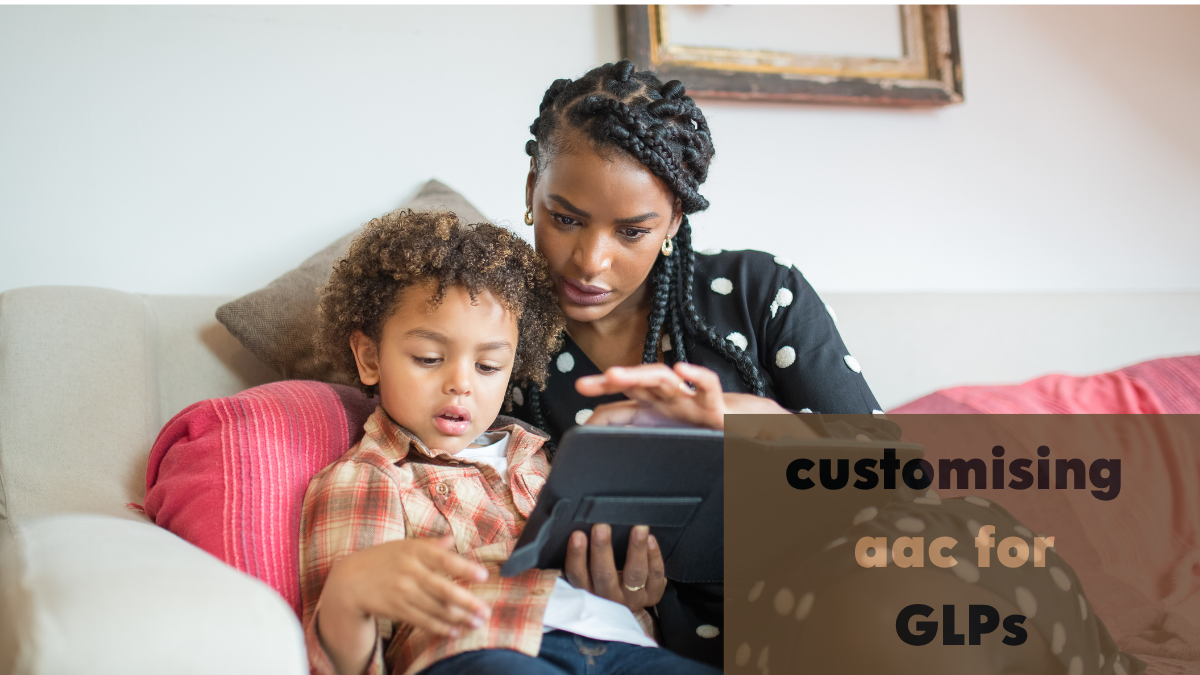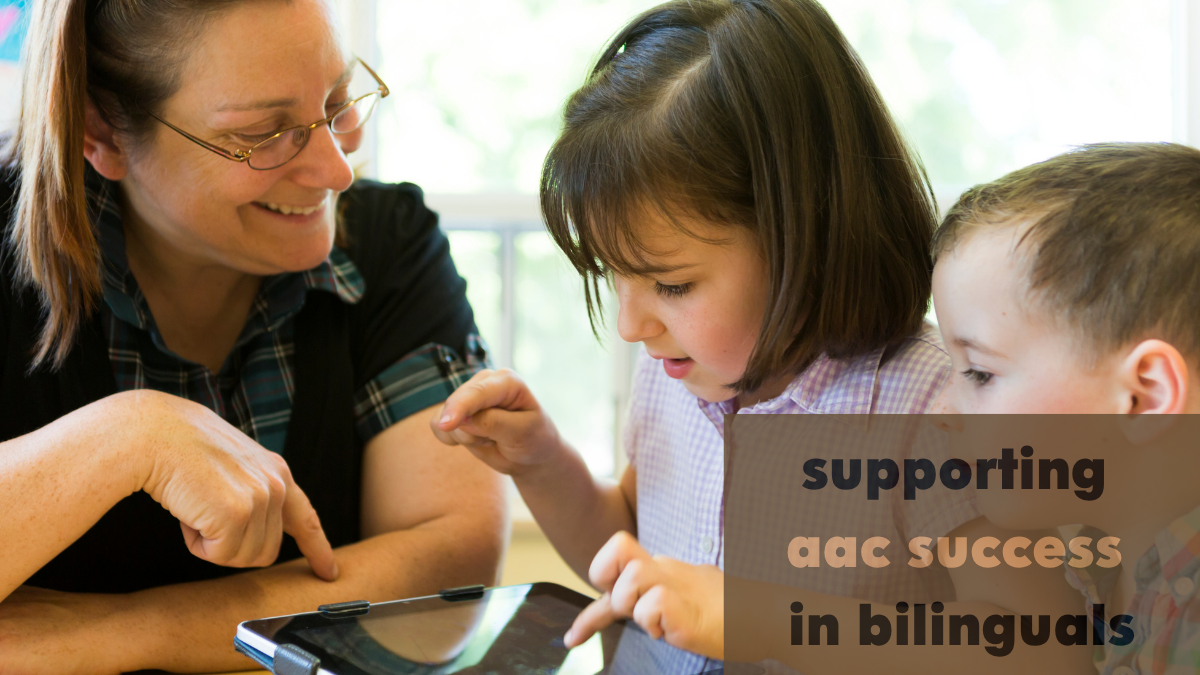If we want AAC users to achieve communicative competence, we need to focus on building the five component skill areas as proposed by Janice Light. Operational competence is one of the five skill areas that are significant for communication autonomy. Let’s take a look at why teaching operational skills is important for AAC learners.


Understanding Operational Competence
Operational Competence refers to the acquisition of the skills necessary to operate an AAC system and implement tools and AAC strategies.
For high tech AAC users, this involves
1. Turning the Device ON/OFF
An AAC user may communicate using several devices such as phones, tablets, wearable devices, etc. Make sure the communicator knows how to find the power button and how to tap/press it to turn the device ON.
2. Device Battery/Charging
The AAC device is the communicator’s voice. If the device runs out of charge, they may be left without a means to communicate. So, the communicator must learn how to check battery status.


If the device’s battery indicator is denoted by colours, then teach the communicator to be mindful of when the indicator turns red. Similarly, teach the communicator to check whether the device has been fully or partially charged by looking at the battery indicator.
Also make sure the communicator knows
- where their charger is
- how to connect the charger to the device
- plugging the charger into an outlet, and
- how to flip the switch to turn the electrical outlet ON.
- ask for help charging the device, if needed
Use social stories and visual supports to outline the steps to successfully charge a device.
3.Turning Volume Up or Down
AAC learners can use their communication devices at home, in the school, in a mall, shopping centre, and many other environments. If they need to get the attention of a communication partner in noisy places, they need to know where the volume key is and how to press/tap it to increase/decrease the device volume.
Some communicators may assume that if their communication device spoke out a message, the communication partner has heard them. Explain to them how external noise can drown the message spoken out by the communication device and the need to turn the volume up in loud environments.
4.Adjusting Screen Brightness
Most tablet devices and phones have displays that have variable visibility depending on the lighting. Display visibility is crucial for AAC users because they need to see the images and letters on the device to construct messages.
Certain AAC users may have vision issues or may be sensitive to bright screens. Therefore, learning to adjust screen brightness under different lighting is important. This makes sure AAC users can autonomously communicate under different lighting conditions.
5.Carrying the AAC Device
There are several carrying cases with straps for communication devices. These cases allow communicators to use their AAC systems on the go. Since communication devices can be used in different settings, talk to the AAC user about when to use which case.
Checkout this clear carrying case shared on the Avaz Family Fun Facebook Page
6. Maintaining AAC Devices
Teach the communicator how to avoid spills and how to take care of the device when accidental spills happen. The AAC user must also learn how to prevent the device from getting damages while keeping their AAC system available at all times.
References:
https://praacticalaac.org/praactical/4-most-overlooked-operational-skills-for-high-tech-aac-users/
https://communication.bridgeschool.org/communicative-competence-skill-areas/



